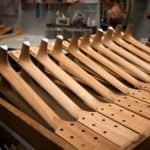When picking or building a new guitar you might be concerned about how the material of its top can influence its tone.
Not all guitars have a top, but those who do have a special aesthetic and many players will argue that they also have a particular tone. I’m one of those.
But how do guitar tops affect their tone? Here is a short answer:
The top of a guitar has a notable impact on its tone. Different tonewoods will result in different tonal experiences. Its physical characteristics will subtract, as the other components, in varying ways from the string’s fundamental tone. Think of it as an EQ filter. Maple tops will usually scoop mids.
For those who want a deeper dive into this topic, in this article, I will talk about how and how much do guitar tops affect tone.
After that, I will talk particularly about the most common wood choices for electric and acoustic guitar tops.
Finally, I will give you my conclusions and recommendations about this whole topic.
Are you ready to get started?
Let’s go!
How do guitar tops affect tone?
Top material has really a significant impact on the tone of a guitar. I adhere to Paul Reed Smith’s idea on tone. By keeping it simple, Paul says that a tensioned string has a particular tone and that when it comes in contact with other materials these carve out some frequencies from that fundamental tone.
This idea of subtractive timbre makes real sense for a guitar. Think of it as if you were filtering frequencies with an EQ when picking different tonewoods. If you could replace the top of a guitar with an identically shaped one from another material you will probably hear a difference in tone.
Of course, in some cases, there will be greater variability within 2 trees of the same species of wood than among 2 different varieties. You see, trees are heterogeneous living beings and you won’t find 2 identical ones.
It also goes without saying that not only the top and body of a guitar have influence in tone but the combination of all of its components, as I said earlier.
How much do guitar tops affect tone?
Quantifying how much does the top material of a guitar affects its tone is not easy and it would require a very professional scientific approach. I can’t offer you that. All I’m about to say is based on empiric and anecdotal evidence.
Leaving that out of the way, many players claim that the neck and body of a guitar have a 60% – 40% or even 70% – 30% relationship in terms of the effect on the final tone.
The bigger share the neck claims is explained by its smaller mass (10 to 12 times smaller) and by its more extensive contact with the strings and support of their vibrations.
As you could infer, this leaves for a seemingly small impact to be had for the top in terms of tone. However, it exists. The presence of a top over the body of the instrument will undoubtedly define the personality of the tone the body has to offer.
Most common wood for electric guitar tops and its effect on tone
Electric guitar tops are made mostly of Maple and all manufacturers have different motivations for this choice. From aesthetics to feel to tone, and also the interactions of the top with every one of the other components of the instrument.
Here I will focus on tone.
Maple
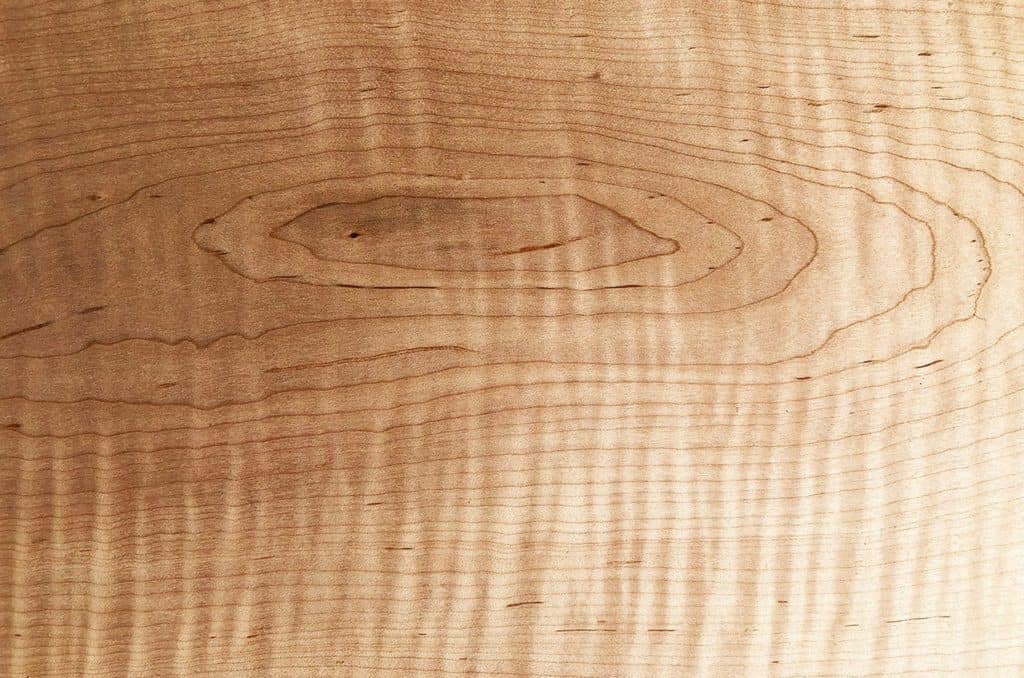
Maple is a light-colored hardwood very common in the USA and Canada. Professional bowling pins are made of this wood. For guitars, it’s usually used in necks and tops.
In terms of tone, Maple enhances upper-mids and high frequencies particularly, however, it also produces a tight, well-defined low end. In electric guitar tops, Maple is known to generate a defined scoop in mid-range.

Most common woods for acoustic guitar tops and their effects on tone
Acoustic guitars, on the other side, are known for having a broader variety of materials for their tops, here are the most common ones:
Maple
In acoustic guitars, although its usage is slightly different, Maple retains the same tonal characteristic mentioned above.
Spruce
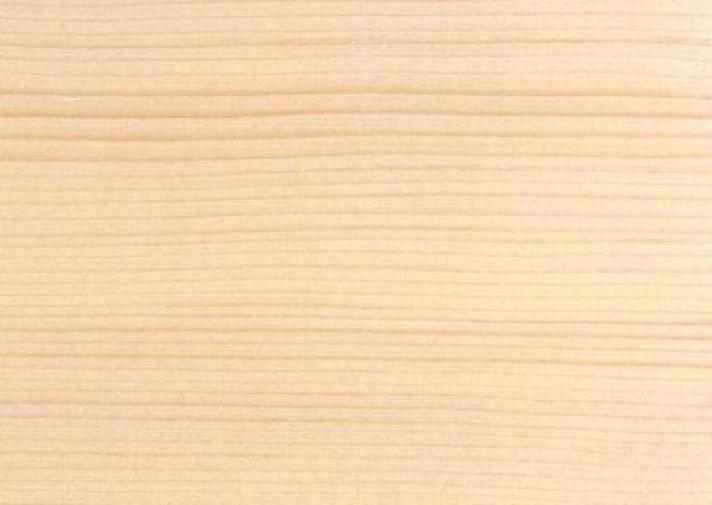
Spruce is one of the most common materials for acoustic guitar tops, but did you know this kind of tree is also widely grown to be used as Christmas trees?
In terms of tone, Spruce sounds warm and sweet with no overpowered frequencies along the spectrum. It’s a balanced wood which job is to not get in the way and let other tonewoods imprint their character on the instrument.
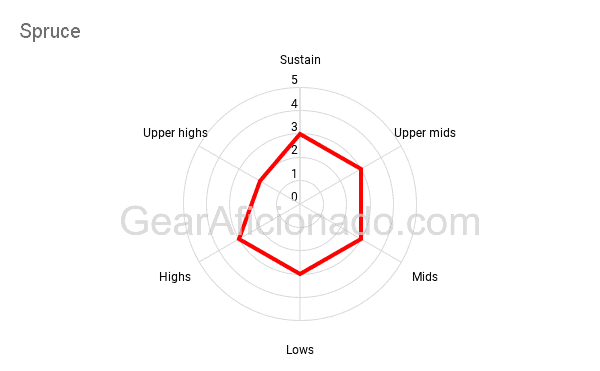
Cedar
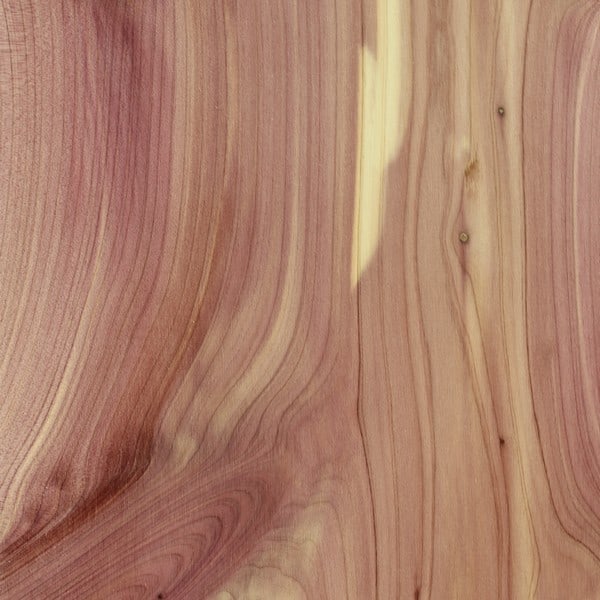
Cedar and particularly red cedar is a very common wood found in the US and Canada. It is commonly used for outdoor home purposes because of its natural ability to repel bugs.
In terms of tone, Cedar is somewhat dark. It has a nice response in lows that starts cutting off as you go higher in frequencies.
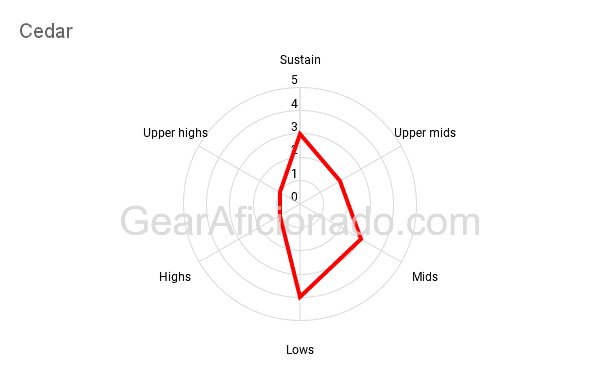
Mahogany
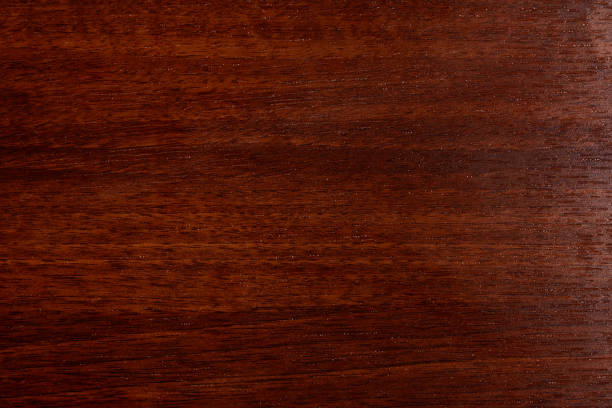
Mahogany is a hardwood with a fine, patterned grain native to the Americas. This is a heavy, resistant wood that’s commonly used to build furniture.
In terms of tone, Mahogany has a great low response that extends to the lower mid-range but cuts off slightly towards the high end, making it a very warm-sounding alternative.
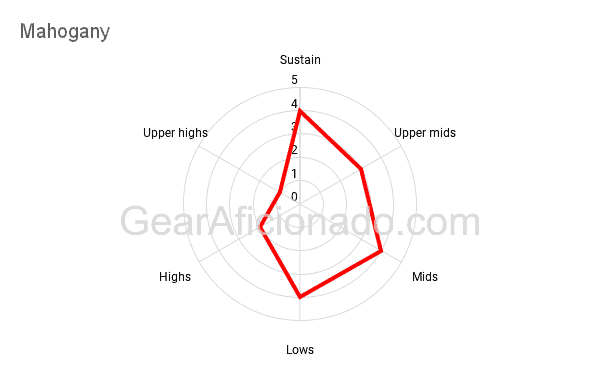
Rosewood
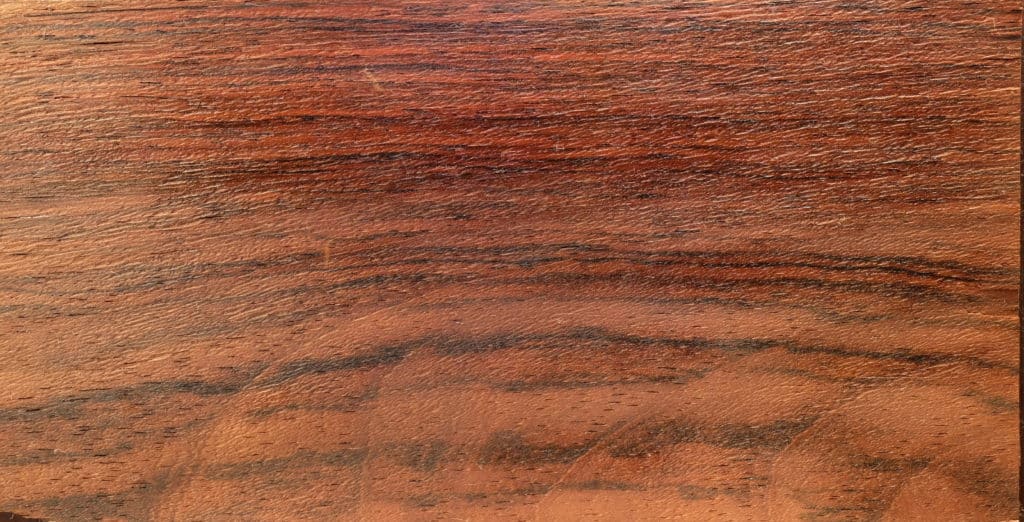
Rosewood is a durable dark-colored tonewood popularized by the use of its Brazilian variety used in vintage instruments, since regulations restricted its availability it was replaced, by most manufacturers, for the Indian variety.
In terms of tone, Rosewood is a very warm-sounding material known to cut off harsh high frequencies and making an instrument’s tone “rounder”.
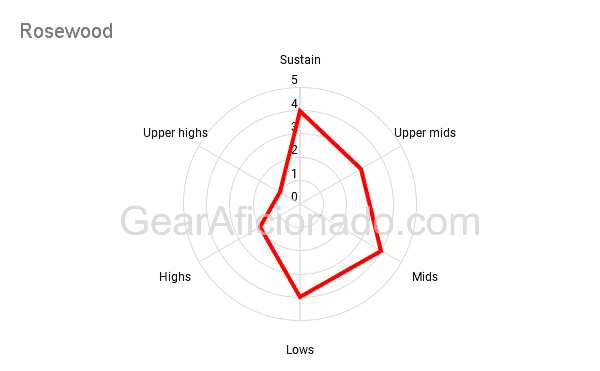
Jatoba

Jatoba is a hardwood native to South America, and particularly common in Brazil. It is low cost and looks like a distant, clearer cousin of rosewood, however, they are not related. In fact, this tonewood isn’t quite as oily and it will require some extra care.
In terms of tone, Jatoba has nice lows like every other hardwood, a warm midrange, and a rather bright and clear top end.
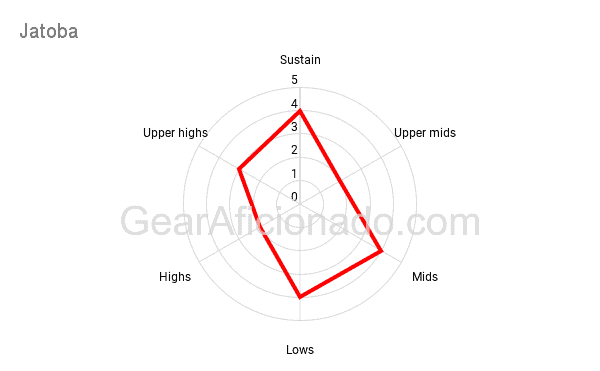
Do guitars with a top sound better?
Guitars with a top don’t necessarily sound better. The top is just a defining factor for certain models. It’s just an add-on that helps shape its defining character. A Stratocaster doesn’t sound at all like a Les Paul and one of the things that generate that difference is its lack of a Maple top.
But does a Les Paul sound better than a Strat? Hell no.
These are just different colors in an artist’s palette. It’s up to you to make the most of them.
Conclusion and recommendations
Whether you are looking for a new guitar or planning on building or having one built, getting to know, at least at a high level how tonewoods work is, in my opinion, something that will help you make a better informed final decision.
However, here in GearAficionado, I always say that you should try out every instrument before buying it if you have the chance.
I don’t think anyone can really understand the sound of all these different tonewoods without getting to hear them live. At least try the ones that you think might work out better for you.
If it’s within your reach, try to get to play completely different guitars to clearly understand where the variation lies, and then start checking out ones closer to the one you preferred the most.
For a deeper understanding of the different types of guitar tops most commonly used, check out this article:
Finally, don’t forget to have fun. Technicalities for some people get the joy out of getting a new piece of gear. You don’t have to know it all about something that makes you smile. Just go and play the instrument that feels best to you.

Hello there, my name is Ramiro and I’ve been playing guitar for almost 20 years. I’m obsessed with everything gear-related and I thought it might be worth sharing it. From guitars, pedals, amps, and synths to studio gear and production tips, I hope you find what I post here useful, and I’ll try my best to keep it entertaining also.




